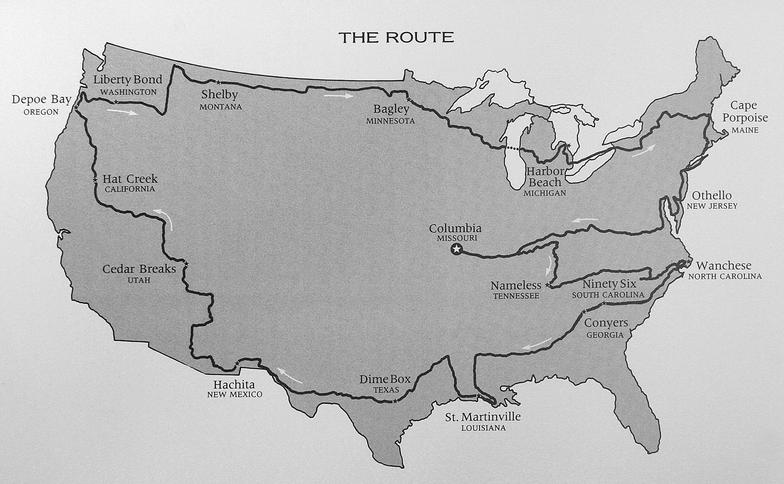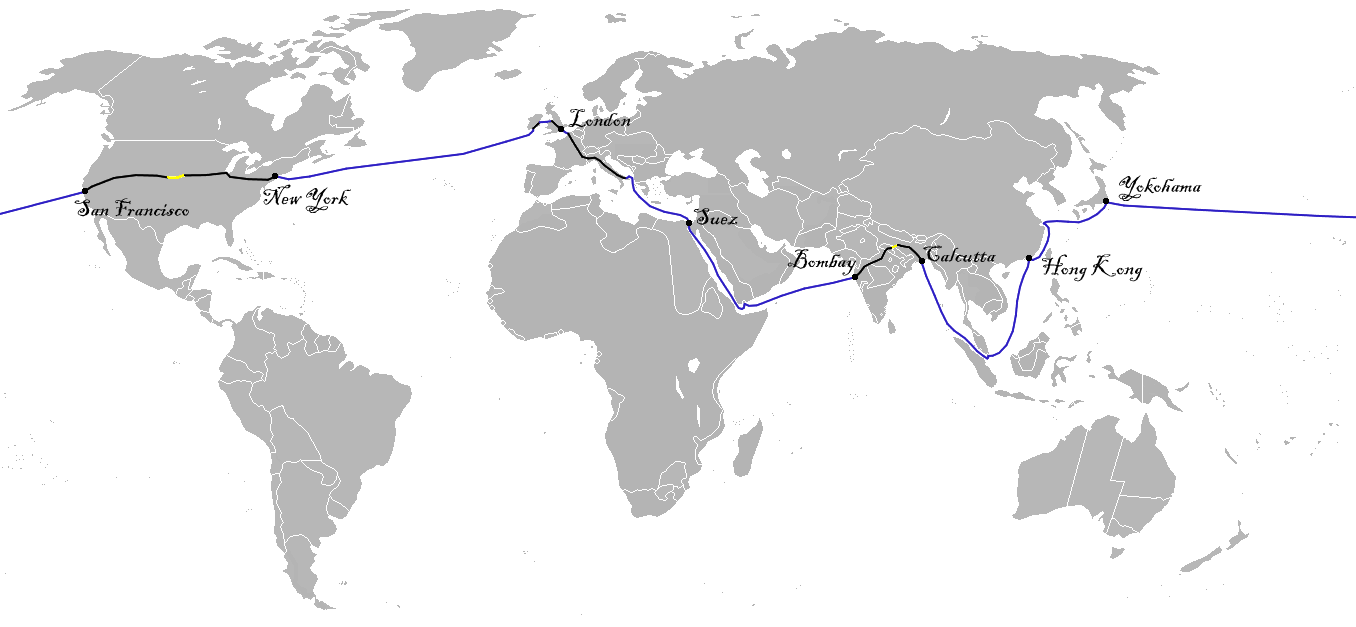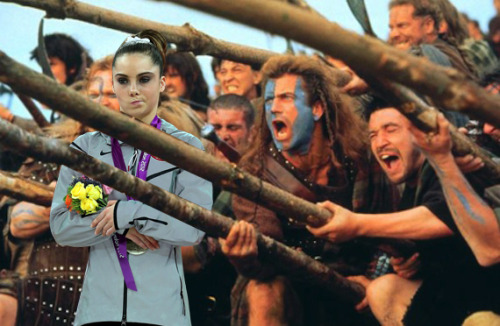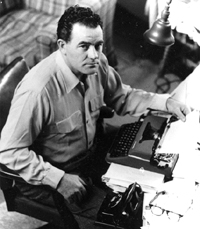A
big thank you to all who entered our contest, and congratulations to April
Simms, who was our undisputed winner- with 37 out of 50 correct answers, it
wasn’t even close. Unless you tell us otherwise, April, we’ll send you a $100
Amazon gift card by email.
Now
then, to sate the curious among you, let’s identify each of the 70 authors
pictured in our latest stroll through the halls of ShelfActualization.com. Let’s
start out in the lobby:
On
the mezzanine level to our left we see Roberto Bolaño hunched over the railing
next to Albert Camus. Jhumpa Lahiri and Zora Neale Hurston stroll down the
hall, while Walt Whitman, Margaret Mitchell, Sinclair Lewis and Hermann Hesse
take in a view of the lobby below. Ensconced in the easy chair on the landing
above, Henry James watches over all.
At
the foot of the stairs Thornton Wilder watches J.M. Coatzee shake hands with an
unseen guest, and Ray Bradbury looks up from the floor. Meanwhile, Robert Louis
Stevenson and Saul Bellow make their way to the gym on the basement level while
Virginia Woolf and Willa Cather trade a few quiet words, Gabriel Garcia Marquez
talks on the house phone, and Samuel Beckett studies something through a
magnifying glass.
On to the billiard room, where testosterone levels are admittedly high:
Let’s
start at the back of the room on the left. Dostoevsky, in his long coat, and
Nabokov, in short-pants and knee socks, gather around the far table with a
white-suited Mark Twain, a shirtless, shouting Hemingway and Englishman George
Orwell. James Joyce sticks his head through the doorway to see what’s going on,
and Wallace Stegner looks on in amusement.
Reading
the paper at the back of the near table is William Faulkner. Perched at the
front of it is Aldous Huxley. Cormack McCarthy, Edgar Allen Poe and Franz Kafka
huddle behind a seated John Cheever, who pets an unseen canine
companion. Standing at the far right is John Steinbeck, and in front of him
rests Joseph Conrad. Scott Fitzgerald
turns halfway around to face the camera while Charles Dickens and Victor Hugo
watch over a napping Kurt Vonnegut. Gazing out the window to the left is Jack
Kerouac.
So where are the ladies, if not in the Billiard Room? Many of them tend to congregate in the Gallery:
Here, ladies’ men Jules Verne (seated) and Ivan Turgenev (standing)
vie for the attention of (from left to right) Flannery O’Connor, Eudora Welty,
Edith Wharton, Harper Lee, Pearl Buck, Toni Morrison, Chimamanda Ngozi Adichie
and Carson McCullers.
And in
the Dining Hall a small crowd is already gathering for tea:
At the table on the
left John Dos Passos entertains Alice Munro and Ayn Rand. On the right, Salman
Rushdie, Ralph Ellison and Italo Calvino shoot the breeze. Over Ellison’s
shoulder, Leo Tolstoy and Gertrude Stain catch up on the latest gossip. And Alexandre
Dumas waits at the table to the left while Don Delillo stands in the
background.
High
overhead, Herman Melville, David Foster Wallace and Jonathan Franzen look down
from upper floor windows.
Because
it leads out to the gardens and the indoor swimming pool, the Conservatory is
often a place you’ll see people start to let their hair down a bit.
As he
stretches for a run, Haruki Murakami watches William Saroyan toss a hat onto
Marcel Proust’s head. J.P. Donleavy
tries to interest J.D. Salinger in a game of soccer, while Jorge Luis Borges,
lost in his own world, makes a crayon rubbing of the stone pillar behind
Donleavy. This amuses Umberto Eco, who straddles a chair like the cool customer
he is. On the right , Jack London stands ready for his afternoon swim and
Thomas Mann looks up from his crossword puzzle.
There's lots more to show you, but we'll let them get back to their work for the time being. Until then, you can continue to follow all your favorite writers as we talk about their books, their lives and their writing on the front page.





















































